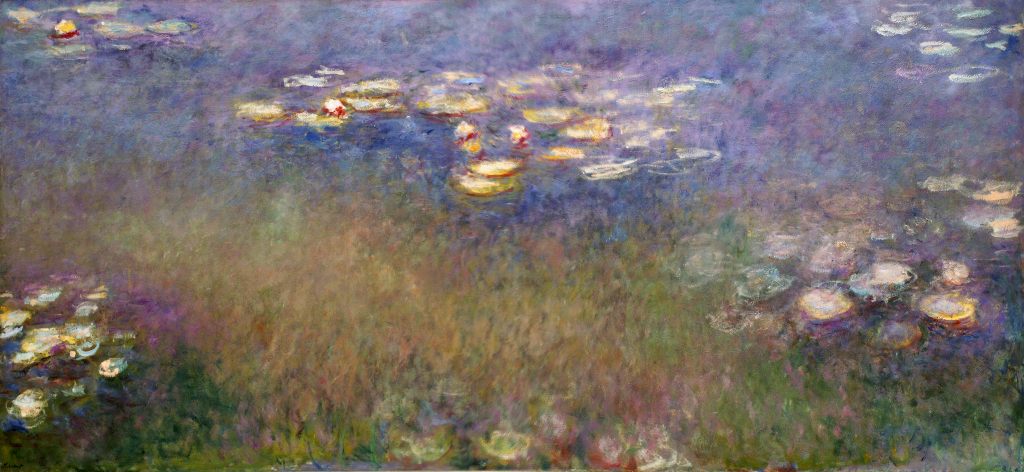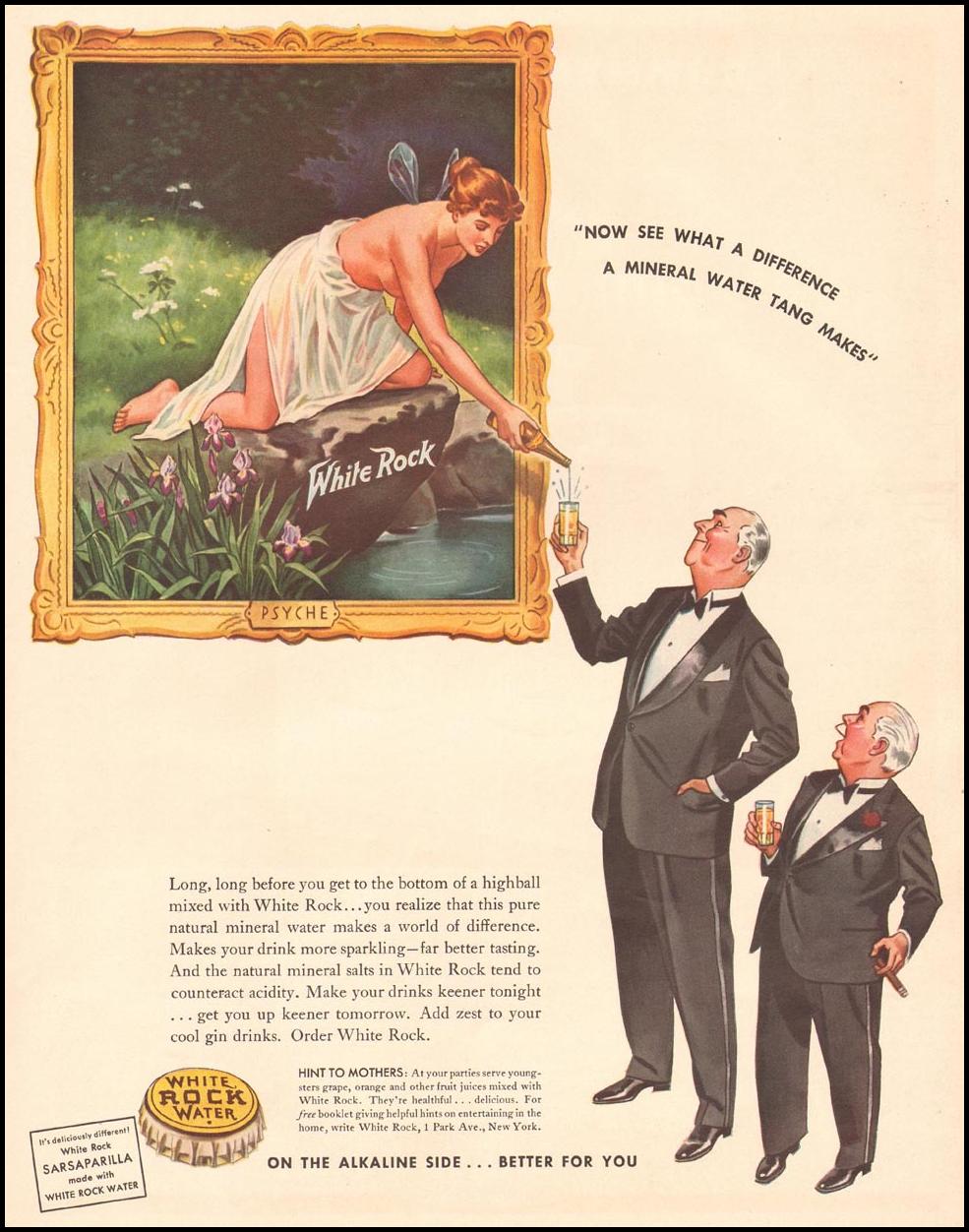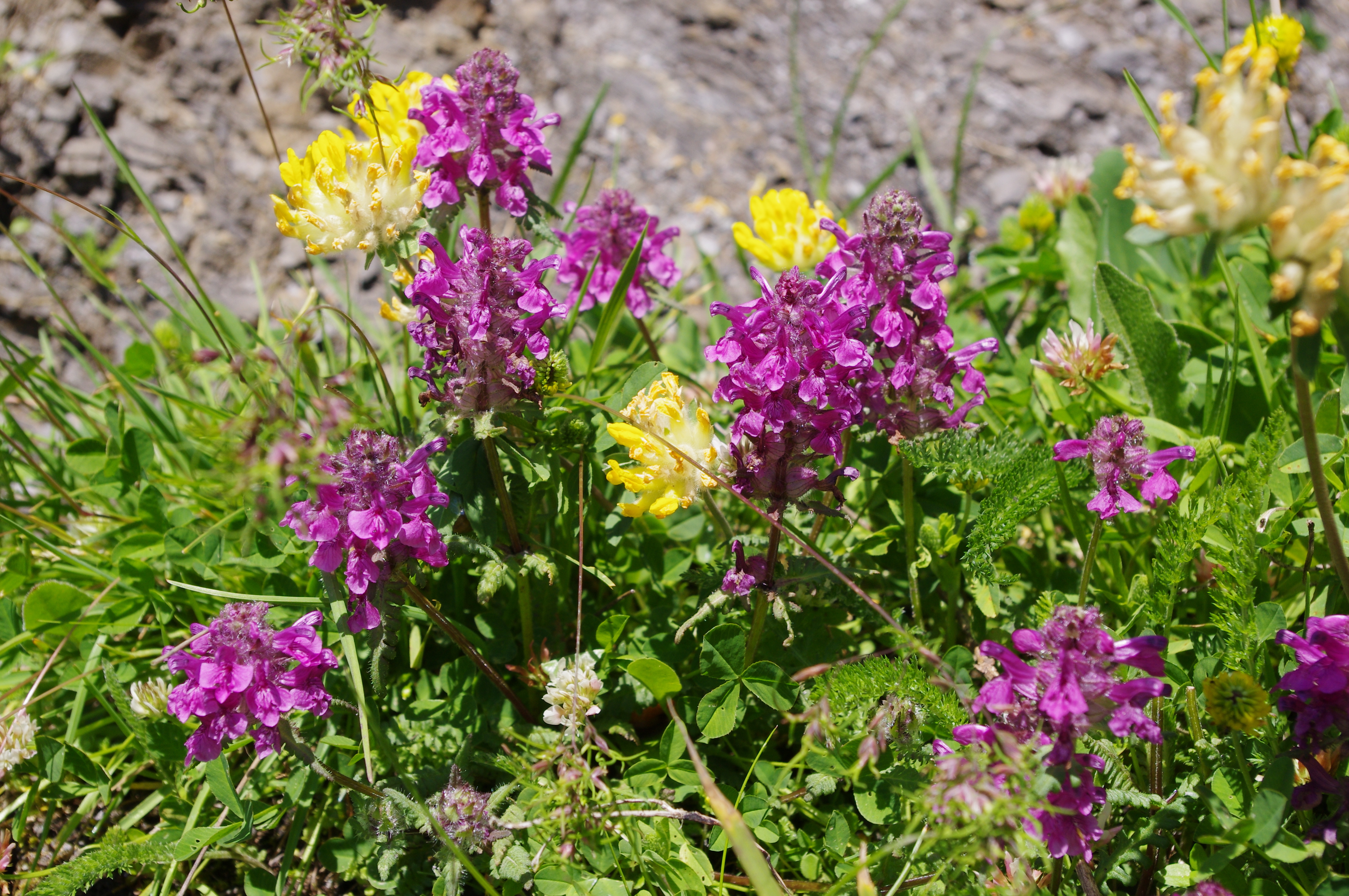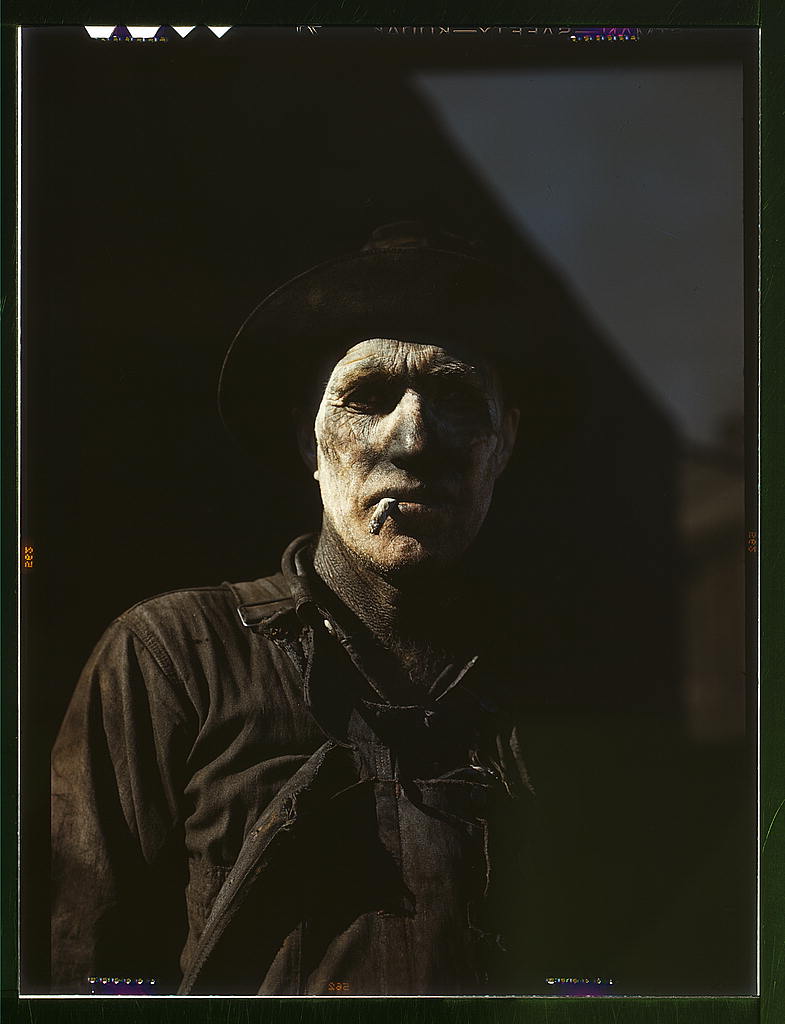.
Surely I dreamt today, or did I see
The winged Psyche with awaken'd eyes?
The winged Psyche with awaken'd eyes?
John Keats: from Ode to Psyche, 1819
Gora Piezczana Nature Reserve, Poland: photo by Yarl, 2009
Psyche’s clear lake riverhood shining looking glass cold
Mirrored my life back up to me from the depths of that hollow bowl
TC: from Fractured Karma, 1990
Twilight, Lago Nahuel Huapi, Neuquén, Argentine Patagonia: photo by Cristina Bozzoli, 2007
And at the core of every anima fascination is the irresistible beauty of that most beautiful of all created forms, Psyche. Erotic desire, as the Platonic Socrates makes clear, is always toward the beautiful: "To love is to bring forth upon the beautiful, both in body and in soul" (Symposium 206B). That which attracts us most of all, more than even the Goddess of Beauty, Aphrodite, is the mortal Psyche, the mortal human psyche.... In a man's dreams the anima is often the image for neuro-vegetative symptoms and emotional lability; that is, she represents the semisomatic events which are not yet psychic experiences, which have not yet undergone enough psychization. In these dreams she is closed off, under water, "unable to come out"; or she is as magical and incomprehensible as the symptoms themselves... sometimes she is drowned... -- in need of care...
James Hillman: from On Psychological Creativity, in The Myth of Analysis: Three Essays in Archetypal Psychology, 1972

Nymphéas (Water Lilies): Claude Monet, 1919; image by Timothy K Hamilton, 11 January 2006 (St. Louis Art Museum)
One hot July night a young city couple, having driven out and
parked on the shore of White Rock Lake, switched on the headlights of
the car and saw a white figure approaching. As the figure came straight
to the driver's window, they saw it was a young girl dressed in a sheer
white dress that was dripping wet. She spoke in a somewhat faltering
voice.
I'm sorry to intrude, and I would not under any other
circumstances, but I must find a way home immediately. I was in a boat
that overturned. The others are safe. But I must get home.
She climbed into the rumble seat, saying that she did not wish to
get the young lady wet, and gave them an address in Oak Cliff, on the
opposite side of Dallas. The young couple felt an uneasiness concerning
their strange passenger, and as they neared the destination the girl, to
avoid hunting the address, turned to the rumble seat to ask directions.
The rumble seat was empty, but still wet.
After a brief, futile search for the girl in white, the couple
went to the address she had given and were met at the door by a man
whose face showed lines of worry. When he had heard the couple's story,
the man replied in a troubled voice. "This is a very strange thing. You
are the third couple who has come to me with this story. Three weeks
ago, while sailing on White Rock Lake, my daughter was drowned."
Anne Clark: The Ghost of White Rock, from Backwoods to Border, Texas Folklore Society, 1943

Glycines (Wisteria): Claude Monet, 1917/1920; image by mariuszj8, 2011 (Musée Marmottan, Paris)
One night about ten years ago a beautiful blonde girl ghost appeared on a road near Dallas' White Rock Lake.
Mr. and Mrs. Guy Malloy, directors for display for the
world-famous specialty store, Neiman-Marcus, saw the girl. Only they
didn't recognize her, right off, for a ghost. She had walked up from the
beach. And she stood there in the headlights of the slow-moving Malloy
car. Mrs. Malloy said, "Stop, Guy. That girl seems in trouble. She must
have fallen in the lake. Her dress is wet. Yet you can tell that it is a
very fine dress. She certainly got it at the Store."
By "the Store," Mrs. Malloy meant the Neiman-Marcus Company of Dallas.
The girl spoke in a friendly, cultured contralto to the couple
after the car had stopped. She said she'd like to be taken to an address
on Gaston Avenue in the nearby Lakewood section. It was an emergency
she said. She didn't explain what had happened to her, and the Malloys
were too polite to ask. She had long hair, which was beginning to dry in
the night breeze. And Mrs. Malloy was now sure that this girl was
wearing a Neiman-Marcus dress. She was very gracious as she slipped by
Mrs. Malloy and got in the back seat of the two-door sedan.
When the car started, Mrs. Malloy turned to converse with the
passenger in the Neiman-Marcus gown. The girl had vanished. There was a
damp spot on the back seat.
The Malloys went to the address on Gaston Avenue. A middle-aged
man answered the door. Yes, he had a daughter with long blonde hair who
wore nothing but Neiman-Marcus clothes. She had been drowned about two
years before when she fell off a pier at White Rock Lake.
The point of this story -- for our purposes -- is not that Mr. and
Mrs. Guy Malloy, a hard-working, sober, no-nonsense couple, say very
firmly that they saw a ghost. Other folks say they have seen the
beautiful girl ghost of White Rock. The point of this story is that she
was a very well-dressed ghost. And Mrs. Malloy at once identified her as
wearing Neiman-Marcus clothes.
Frank X. Tolbert: from Neiman-Marcus, Texas: The Story of the Proud Dallas Store, 1953

James Bowen and his wife Julia, sailing on White Rock Lake in the summer of 1940. Mr. Bowen was an avid member of the Corinthian Sailing Club in the late 1930’s and early 1940’s. He designed and built several fast and beautiful sailboats in the garage of his home located on Ross Avenue in Dallas, Texas. He built the boats specifically for club sponsored racing events on White Rock Lake: photographer unknown, 9 August 1940; photo courtesy of Julia Bowen; image by Decodence, 13 September 2011

Nymphéas (Water Lilies): Claude Monet, 1914/1917; image by Claude Desjardin, 24 November 2010
Lilly Lake (Colorado): photo by Trojan, 2004

Mallard, White Rock Lake, Dallas, Texas: photo by Dodge Rock, 23 April 2012

























































